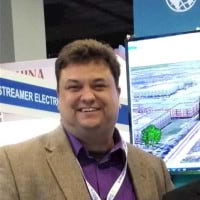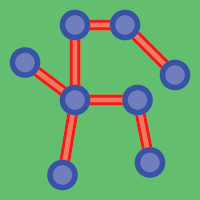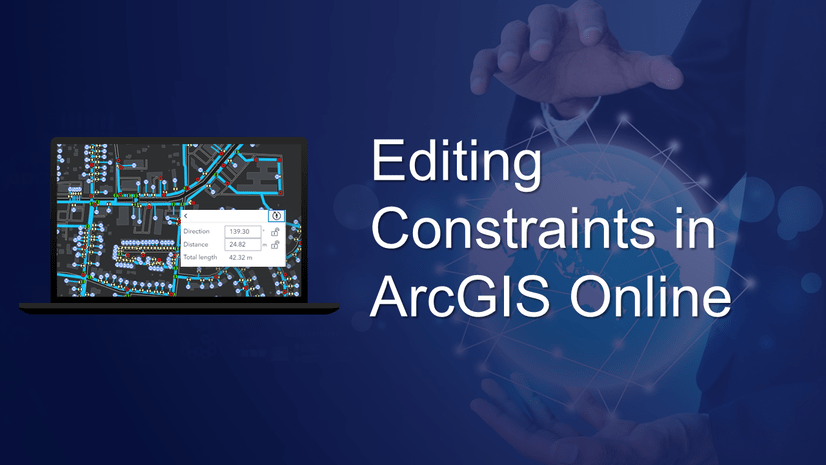 On my flight, out to San Antonio for DistribuTECH, I was certain that I would be discussing 3-d, virtual reality, and augmented reality. Those are good topics and worthy of discussion. But I found that the key question we faced in the Esri booth is… when do I migrate? Should I pull the trigger now? Or do I wait and migrate in a few years when things stabilized. There are no wrong answers, your implementation is a function of your business needs. To discuss further, let’s explore a roadmap and possible implementation for a large to medium size municipality with all elements of the utility network: electric, gas, water, sewer and fiber telecommunications. The first challenge would be getting all your assets on the same page, and that’s not as difficult as you think.
On my flight, out to San Antonio for DistribuTECH, I was certain that I would be discussing 3-d, virtual reality, and augmented reality. Those are good topics and worthy of discussion. But I found that the key question we faced in the Esri booth is… when do I migrate? Should I pull the trigger now? Or do I wait and migrate in a few years when things stabilized. There are no wrong answers, your implementation is a function of your business needs. To discuss further, let’s explore a roadmap and possible implementation for a large to medium size municipality with all elements of the utility network: electric, gas, water, sewer and fiber telecommunications. The first challenge would be getting all your assets on the same page, and that’s not as difficult as you think.
In the past, I may have simply acquired the various assets that provided business value to my municipality and integrated them into one solution. That still a part of the process. A graphic designer once told me that no space should go wasted when telling a story. That rule is equally true for our maps as well. The Utility Network Management extension enables a representation of your assets from simple to complex, all specific to your facility requirements. The water and sewer networks can be modeled from your existing system, either GIS or CAD. Pumphouses can be exploded out to demonstrate the valve arrays and pump configurations. The gas infrastructure can propagate key features from the valve locations downstream into descriptive pressure zones and isolation zones. The electric infrastructure not only models your substations and switching stations but also stores your lighting infrastructure and meter locations. The telecommunication infrastructure is a challenge, the models are still in development, but opportunities remain for implementation.
This is a big implementation! The next question is, do I utilize a simple or complex design? That depends on your business needs, as well as time and resources. I believe in capturing quick opportunities for demonstrated success. A phased approach if you will; however, it is important to know that the evolution from simple to complex would not be achieved through a load process, instead it would be a function of field/office data collection and locational enrichment. First, I would load my linear assets and start with a very simple connective representation. Once the basic framework is connected, I could explode out and integrate my more complex devices. While your data quality team is tuning the linear assets, your IT team is standing up your database infrastructure and adjusting the geoprocessing events. The development teams would be working on collector applications to locate critical features that would be identified as controllers.
Moving from the simple implementation to the more complex orientation would be a function of time and effort, and again, your business needs. Your inspection teams are capturing your critical features in the field and updating coordinates. Speaking of updating coordinates, because the utility network is z-enabled, all the features are capable of rendering in 3-d. I have had several good conversations with DistribuTECH attendees regarding 3-d modeling capabilities. Everyone agreed the value of tracing across 3-d space would be helpful in directing field crews and identifying clearances. As I migrate my system from simple to real-world representation, integration and utilization of 3-d would certainly be a significant component.
So, I still not have answered the question, when do I migrate? The answer is as soon as you ready. The Utility Network Management extension will be on a six-month cycle for upgrades as both ArcGIS Pro and geodatabase elements are enhanced. The migration of data from your existing system will be aided by conversion and asset packages, but there will still be a lot of configuration required to leverage the full function. As I am presenting my roadmap, I would certainly do this implementation in parallel with my existing system and turn on functionality as it becomes available. My GIS team would be leveraging the full power of the ArcGIS Pro platform, by using the improved editing environment of the transactional model and REST data streams to push out solutions specific to the end user.
It’s been an amazing experience to see the excitement generated from the release of the Utility Network Management extension. The conversations have been challenging and questions tough, but the advantages of stronger validation, better association, improved performance and detailed framework have created a lot of buzz for the Utility Network Management extension.



Commenting is not enabled for this article.